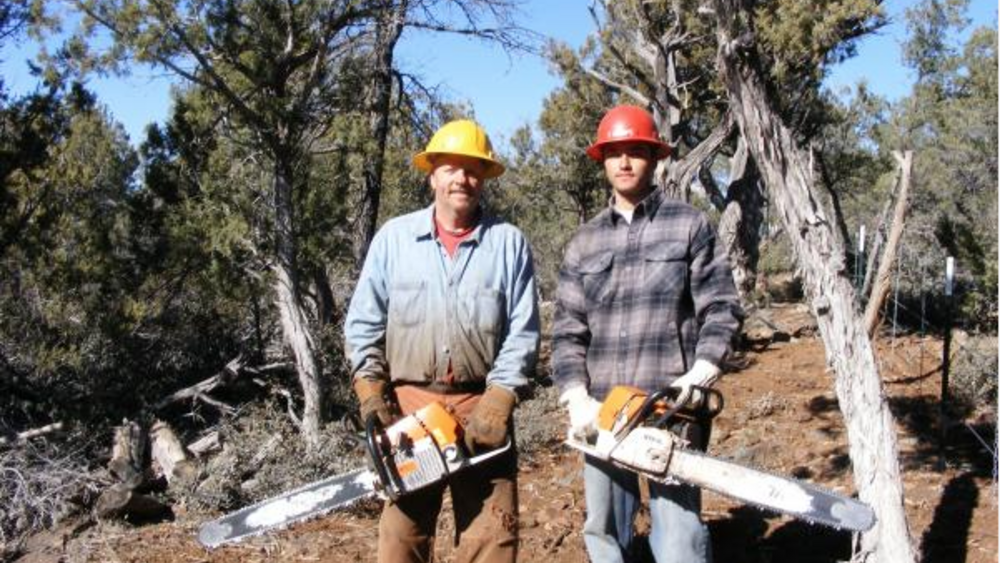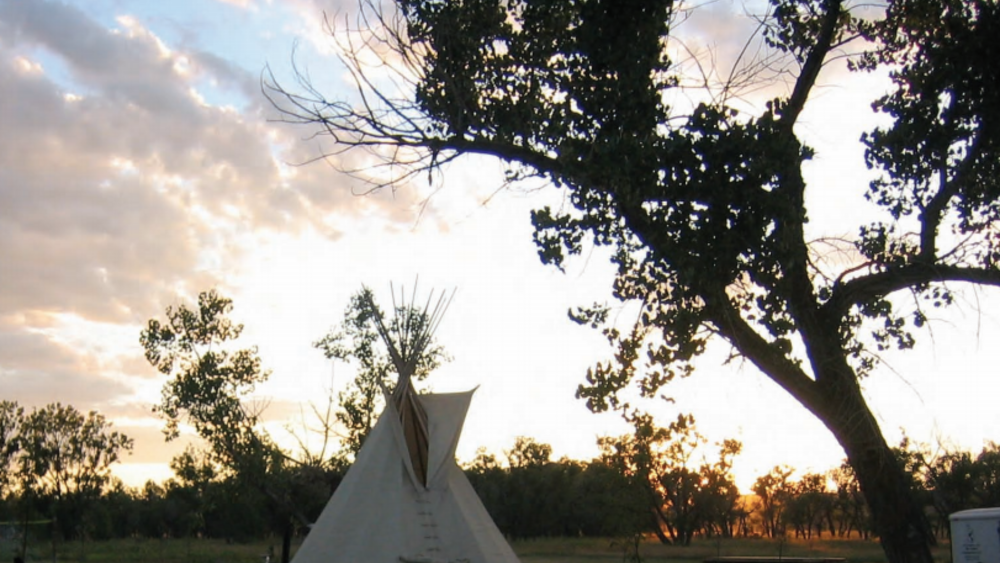This chapter introduces the concept and practice of entrepreneurship from an Indigenous perspective. The focus is on understanding what Indigenous entrepreneurship is, where it comes from and how it is understood and practiced in different contexts by people of diverse cultures, languages, histories and circumstances. The goal of the chapter is to help you understand the uniqueness of Indigenous entrepreneurship, and from this understanding form your own views on what it is, how it has developed and how it can be achieved and supported in your region. The chapter argues that Indigenous entrepreneurship is part of a distinctive approach to engaging in enterprise and economic development that is present in many countries and all continents.
This approach involves integrating Indigenous and non-Indigenous worldviews, knowledge and practice to achieve Indigenous development aspirations. Indigenous entrepreneurship adheres to the Indigenous view that human beings and the natural environment share a common origin and are, therefore, interrelated—with one depending on the other for their survival and wellbeing. This view refers to the principle of social and ecological interdependency. This means that, in order to live well, natural resources must be managed sustainably, taking only what one needs.
An example of this is the replenishing of fish stocks and plant life through cultural practices of prohibition and regeneration, which are collective responsibilities. This principle has ancient origins and has helped Indigenous peoples live in harmony with their environments, satisfying their peoples’ need for food and materials for their livelihoods. This is a traditional view of socioecological balance that has evolved into sustainable development and has subsequently been given serious consideration internationally among Indigenous and non-Indigenous peoples. It is relevant to all aspects of our lives, at home, at work, in school, government, industry and community in order to cope with, and recover from, the effects of widespread pollution, environmental degradation and climate change.
The chapter introduces and explores Indigenous entrepreneurship in five sections: (1) Indigenous peoples; (2) Indigenous entrepreneurship theory; (4) Indigenous entrepreneurship practice and (5) enterprise assistance. The chapter includes five cases of Indigenous entrepreneurship—three M¯aori entrepreneurs from Aotearoa New Zealand and two Native American entrepreneurs from the United States of America.
Additional Information
Mika Jason, P. (2020). Indigenous entrepreneurship: How Indigenous knowing, being and doing shapes entrepreneurial practice. In D. Deakins & J. M. Scott (Eds.), Entrepreneurship: A contemporary & globla approach (pp. 1-32). Sage. https://study.sagepub.com/deakins/student-resources/e-chapter-on-indigenous-entrepreneurship




